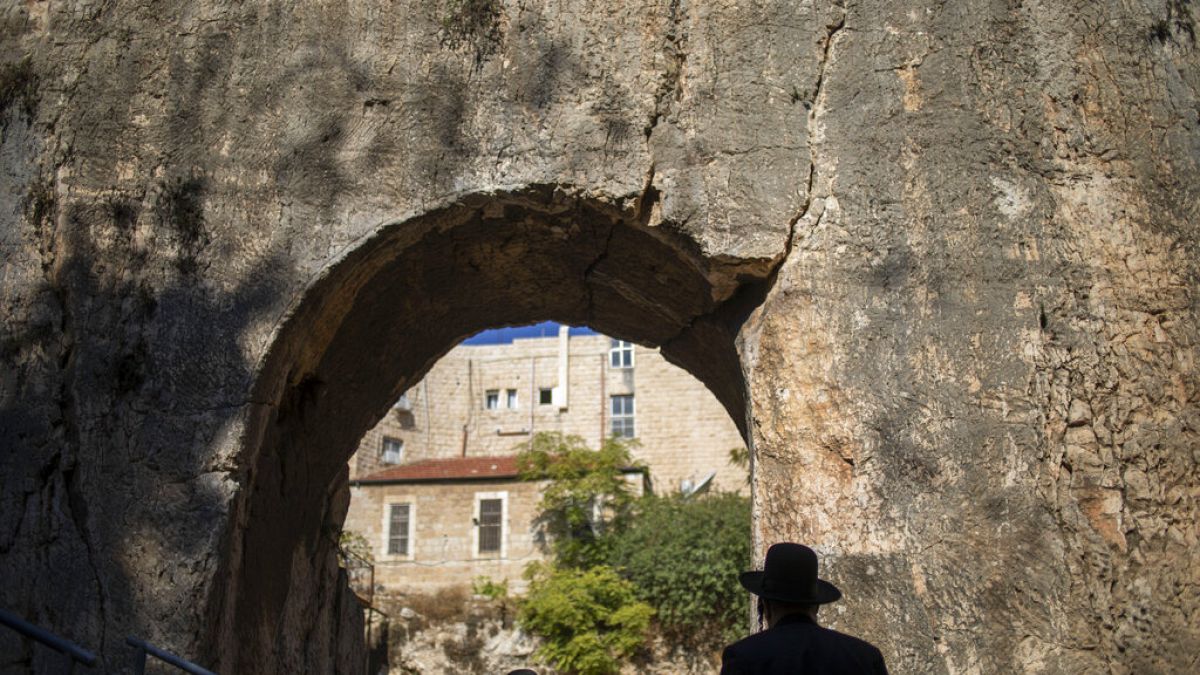South Dakota
South Dakota State Promotes Assistant to Replace Coach Eric Henderson

South Dakota State may have lost coach Eric Henderson to Drake, but it didn’t take long for the Jackrabbits to replace him.
Assistant coach Bryan Petersen is being promoted to replace Henderson, South Dakota State announced Saturday afternoon.
“Bryan has stood out to me since he joined our athletic department,” athletic director Justin Sell said in a university release. “He’s done a remarkable job not only recruiting current and future Jackrabbits to South Dakota State, but also developing them to the point of creating a longstanding championship culture.”
Petersen played as a guard for Iowa State from 2008 to ’09, ranking in the Big 12’s top 20 in assists in both years. He coached in the junior college ranks before catching on with the Jackrabbits.
Long a model of mid-major consistency, South Dakota State has made seven NCAA men’s tournaments since its mid-2000s transition to Division I. Henderson coached the Jackrabbits for six years, compiling a record of 129-60.

South Dakota
Wyoming Businessman Eyes TikTok Purchase, Plans Key Role for South Dakota and Dakota State University

South Dakota
Toby Doeden, conservative Aberdeen businessman, files for South Dakota governor

A second expected entrant to South Dakota’s distant gubernatorial race has filed with the state.
Aberdeen businessman and conservative activist Toby Doeden filed a statement of organization for “Toby Doeden for South Dakota,” a statewide gubernatorial candidate committee established on May 22, according to the South Dakota Secretary of State’s website.
Doeden has scheduled an event at 5 p.m. CDT, May 28, at Wylie Park Pavilion in Aberdeen. He is expected to publicly announce his campaign for the governor nomination there.
Jessica Post, general manager of 5-Star Management LLC, an Aberdeen property management company, is listed as committee treasurer. Doeden is the president of Doeden Investment Group, an investment firm, which includes Post on its staff page.
Doeden is the chair of Dakota First Action, a statewide political action committee that boosted populist and anti-carbon pipeline candidates into the state legislature in 2024.
Doeden has never held a political office, and he refers to himself as a “successful businessman, a bold conservative, and a dedicated family man” on his website.
Politically, Doeden presents a conservative option that aligns with President Donald Trump’s “America First” policies and sits farther to the right than other prominent South Dakota’s Republicans, like Gov. Larry Rhoden and U.S. Rep. Dusty Johnson, both of whom are anticipated to run for governor but have yet to publicly announce campaigns.
Doeden would be the second to enter South Dakota’s contest for the job after state House Speaker Jon Hansen, who announced his run for governor along with Speaker Pro Tempore Karla Lems as lieutenant governor in April.
Doeden’s PAC entered hot water with the state’s Republican establishment in October 2024 when he refused to cancel a speaking engagement with then-Lt. Gov. Mark Robinson of North Carolina at Dakota First Action gala event. Robinson was accused of writing several controversial statements on an online board in the 2000s, including calling himself a “black NAZI,” CNN reporting.
Robinson later dropped the speaking engagement of his own accord and provided a pre-recorded video in order to assist in North Carolina’s disaster response following 2024’s Hurricane Helene. He later dropped a lawsuit against the network for its reporting.
South Dakota
Lessons beyond the blackboard: How a tiny school built big futures for a rural community

PIERRE, S.D. — Old one-room schoolhouses played a fundamental role in bringing education to children in rural communities for generations.
Though the walls of this classroom north of Pierre are crumbling, the memories remain in the minds of those who spent years learning in them.
Jim Schumacher attended first through eighth grades at the Plainview School. His family built the schoolhouse in the 1920s, and it functioned as a school until the mid- to late 1980s. It is located 15 miles north of Pierre, in the Peoria Township area.
“It was built by my grandfather and his dad, and my father was probably one of the first classes that came here,” Schumacher said. “There was a school before that — that was a little further west down the road — and once the county came in and actually built roads, they moved it over here.”
Judy McLaughlin
Before the Oahe Dam was built, the Peoria township had two schoolhouses, one of which was located in the river bottom. Once the dam was built, that area was flooded.
“This [Plainview] was the only school left, and frankly, at that point, there weren’t that many families left,” Schumacher said. “There’s been some more that have moved in since that, but at the time, I think probably five or six kids at the time was probably the most that we had while I was here, for the most part.”

Courtesy / Judy McLaughlin
Students could attend kindergarten through the eighth grade at Plainview, and then they would go to Pierre for high school. There was one teacher and one classroom for all grades. But that didn’t mean they had any less of an education.
“When I got to the eighth grade, there was three of us in eighth grade, and when we went into town, we all made the honor roll,” Schumacher said. “You didn’t miss out on anything by being here.”

Ariana Schumacher / Agweek
“You were absorbing what was going on in the other classes as well,” said Colleen McCurrin, who attended Plainview from kindergarten through sixth grade. “You did tend to, you know, hear the other things that were going on, and when your particular homework was done, you might turn around and help some of the younger kids in the younger classes.”
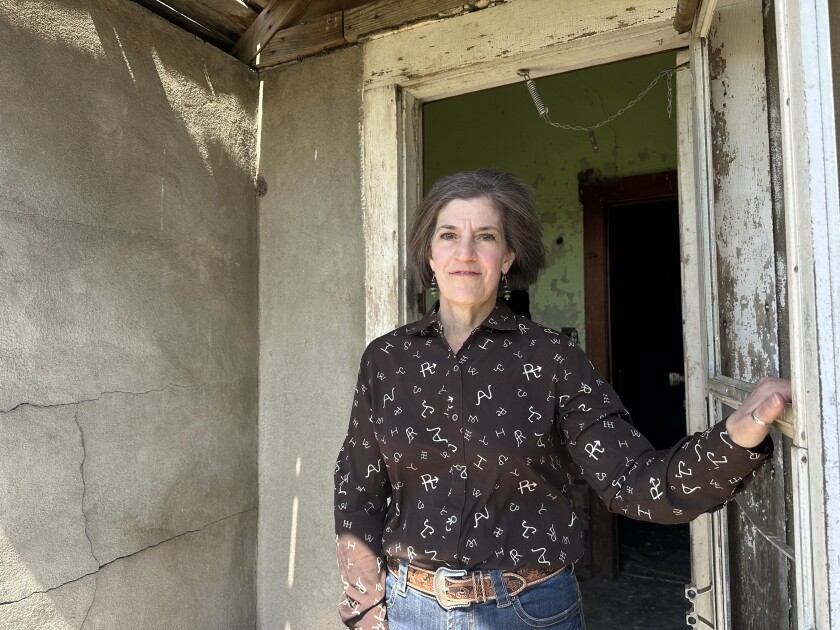
Ariana Schumacher / Agweek
Mark Venner moved to the area when he was in third grade from Agar, South Dakota. While the Agar school was small, transferring to Plainview was still a big adjustment.
“I was overwhelmed,” Venner said. “The Agar school wasn’t very big, as you know, and I walked to school there. I just walked down the alley, and I was there. Here we drove 6 miles to school.”
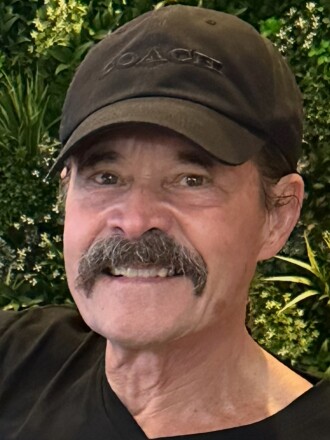
Courtesy / Mark Venner
Venner was in the same grade as Schumacher. There were only two other students there at the time: Schumacher’s sister Judy and his aunt Marcia.
The school was small, and it had no plumbing or running water. There was a small sink with a pump to bring water into the building, with a cistern that took water off the roof. Students would also haul in water in 5-gallon containers.
Finding teachers willing to drive out of town and work in a rustic schoolhouse could be a challenge, but they were still able to find quality educators for the school.
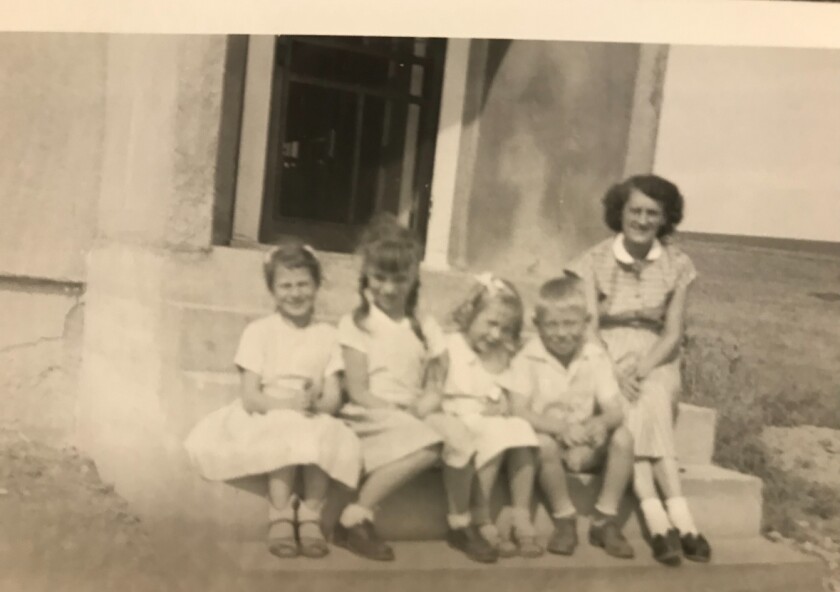
Courtesy / Judy McLaughlin
One in particular, Miss Linstedt, was an inspiration to the students she taught at Plainview. Her family lived about 60 miles from the school, so she lived in the classroom during the week and went home on the weekends. She sectioned off a small corner of the room with a sheet, set up a cot, and had a hot plate to cook on.
“There’s probably not a whole lot of teachers that you could get to do that anymore,” Schumacher said. “I’m surprised, frankly, that we had the quality of teachers that we did.”
“That was pretty awesome to me that the teacher lived in the school. I’ll never forget that,” Venner said.
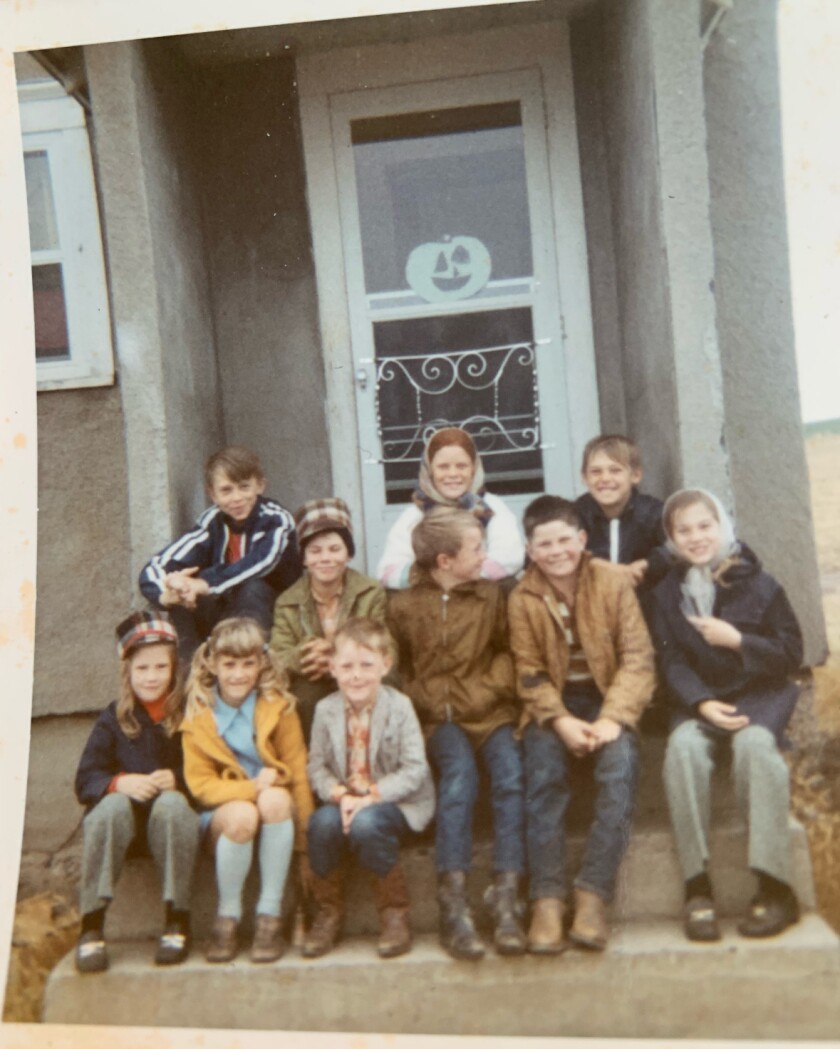
Courtesy / Charlene Schumacher
In the winters, recess would be moved to the school’s basement, where there was a coal furnace. There was a grate that brought the heat upstairs to the classroom.
“We would all gather around that grate with our feet, sitting in our desks with our feet over the grate, especially on Monday mornings, because it was cold,” Venner said.
“In the later years, they put in forced air and had an actual heating system,” Schumacher said. “We always had electricity, but other than that, there wasn’t a whole lot for amenities.”
During that time, there was no internet, but there was a radio that was used as a learning tool in the Plainview classroom.
“There were radio programs that we could get that would teach like once a week. We learned German one year,” Schumacher said.
Christmas parties were always a big deal at the school.
“We always had a Christmas program. I tell people one reason I’m not afraid to get up and speak is because there weren’t enough kids that anybody got by being a plant or an animal; everybody had a speaking part,” Schumacher said.
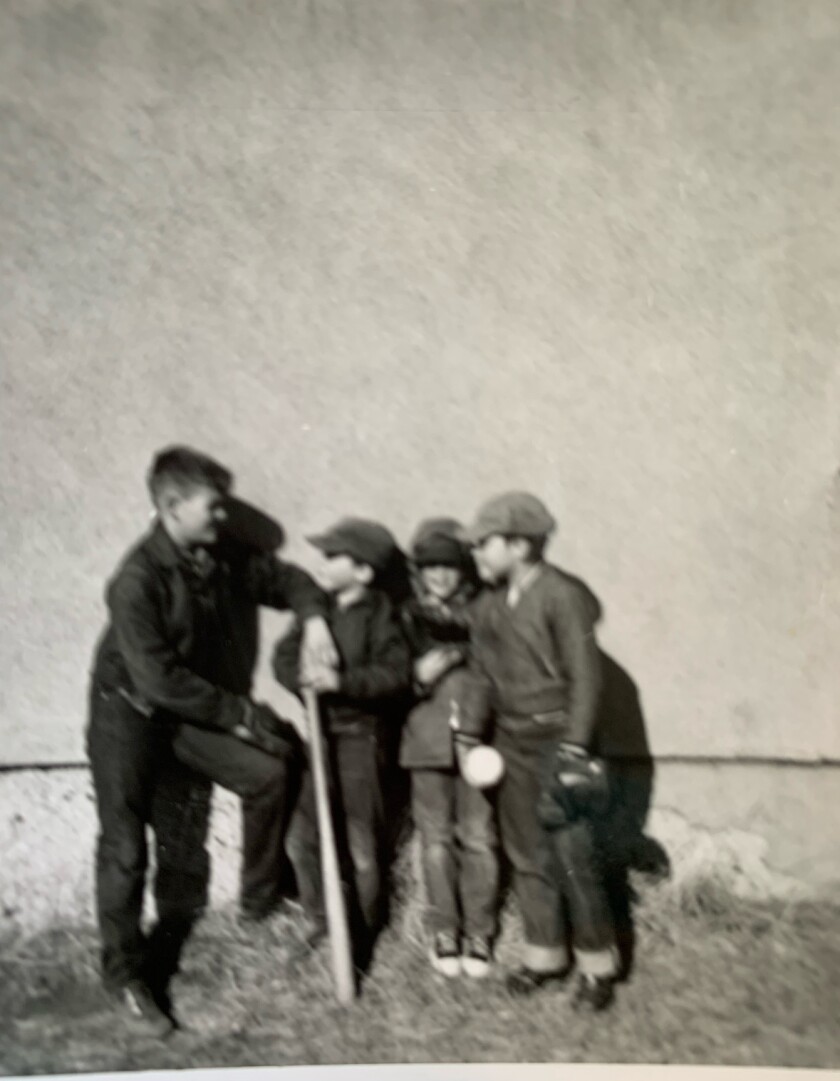
Courtesy / Charlene Schumacher
While they may not have had access to all the things the bigger public schools had, there were also perks to having a smaller school.
“I’m sure we missed out on some of the machinery that some of the bigger schools had, but we also missed out on a lot of the politics that I have learned since my own children have gone to school. There’s a lot of things we didn’t miss at all,” Schumacher said. “It was definitely a good start.”
“I got straight A’s after my freshman year,” Venner said. “Country school is the foundation.”
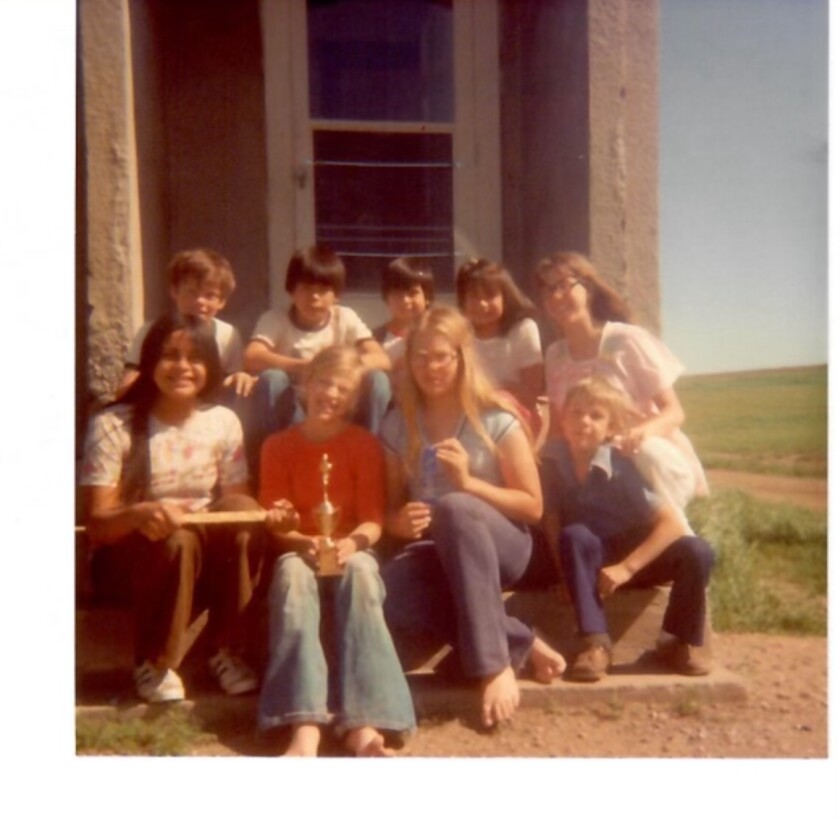
Courtesy / Colleen McCurrin
Lifelong friendships were formed at that small country school on the prairie.
“My lifelong friend Theresa is still one of my best memories,” McCurrin said. “You spent more time together, and you also had, you know, again, the rural community, you had that in common as well as just being … classmates. Theresa and I have stayed together through thick and thin all the way through high school, and I get to see her here in a couple of weeks.”

Courtesy / Colleen McCurrin
Schumacher and Venner have also remained close friends.
“He was in my wedding, and I was not home when he got married to Charlene, so I didn’t make the wedding,” Venner said. “But, you know, we’ve stayed in touch.”
Several Plainview students moved away from the area, but for Schumacher, McCurrin and Venner, the Peoria Township area is still their home.
Since graduating from high school in Pierre, Schumacher has remained on the family farm, where he and his wife raised their two children and now have several grandchildren.
“I’ve lived within one mile of where I started my entire life,” Schumacher said.
McCurrin stayed in the area and worked, was very involved with
FFA
, and was able to do some work experience abroad with FFA.
Venner went on to serve in the U.S. Air Force for 20 years. He earned his bachelor’s degree in ag engineering and master’s degree in education, and taught high school math in Rapid City for a while. He moved to Florida to continue to work for the Air Force and earned another master’s degree in industrial engineering before returning to the family’s organic farming operation.
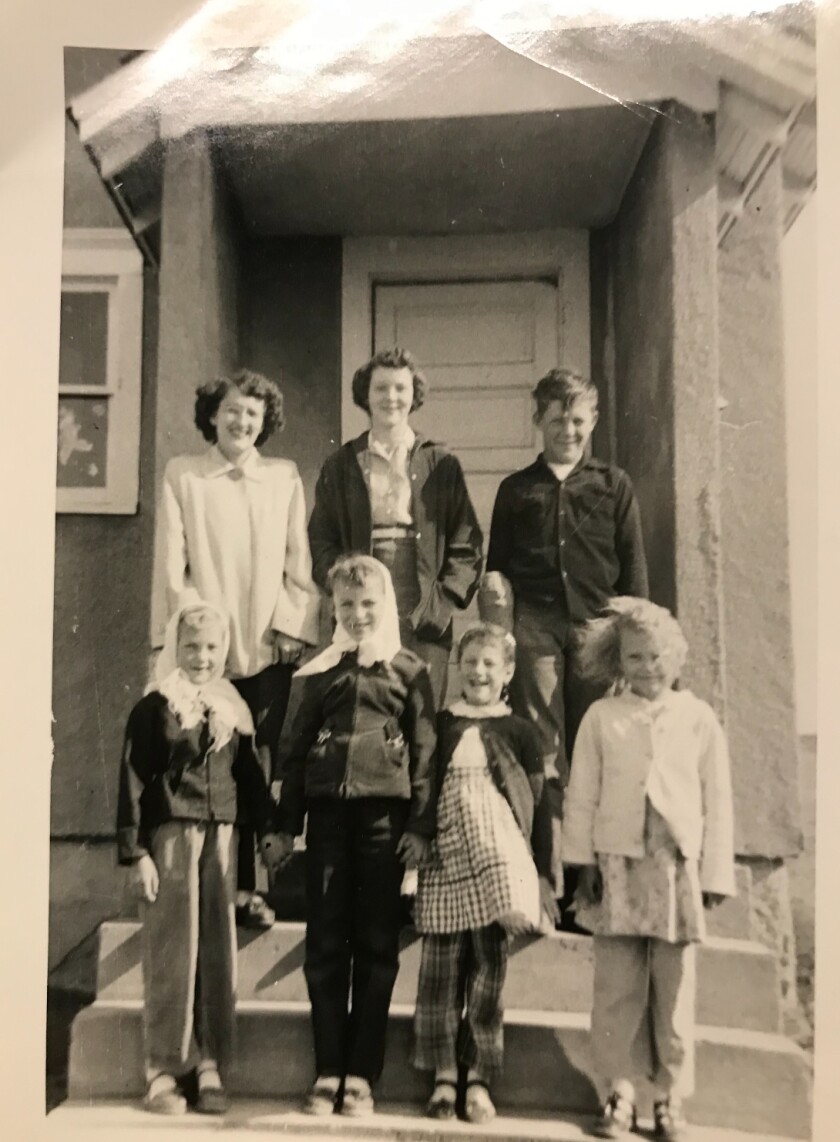
Courtesy / Judy McLaughlin
But no matter where they ended up in life, these Plainview students credit their country school for being the foundation of their education.
“That shaped me, it really did. It turned me into a fighter,” Venner said.
Editor’s note: This is part of a series of articles on one-room schoolhouses: their history and their
present status
in rural communities. In this installment, Ariana Schumacher recounts the history of Plainview School, which her family members, including her uncle, Jim Schumacher, who is quoted in the story, attended. If you have a story about attending a one-room schoolhouse or about current uses of former one-room schoolhouses, email it to jschlecht@agweek.com for possible inclusion in a future issue of Agweek.
-

 News1 week ago
News1 week agoMaps: 3.8-Magnitude Earthquake Strikes Southern California
-

 World1 week ago
World1 week agoPortuguese PM’s party set to win general election, fall short of majority
-

 Politics1 week ago
Politics1 week agoAfghan Christian pastor pleads with Trump, warns of Taliban revenge after admin revokes refugee protections
-

 Politics1 week ago
Politics1 week agoTrump, alongside first lady, to sign bill criminalizing revenge porn and AI deepfakes
-

 Movie Reviews1 week ago
Movie Reviews1 week agoReview | Magellan, conqueror of Philippines, as we’ve never seen him before
-

 Education1 week ago
Education1 week agoHow Usher Writes a Commencement Speech
-

 Politics1 week ago
Politics1 week agoExpert reveals how companies are rebranding 'toxic' DEI policies to skirt Trump-era bans: 'New wrapper'
-
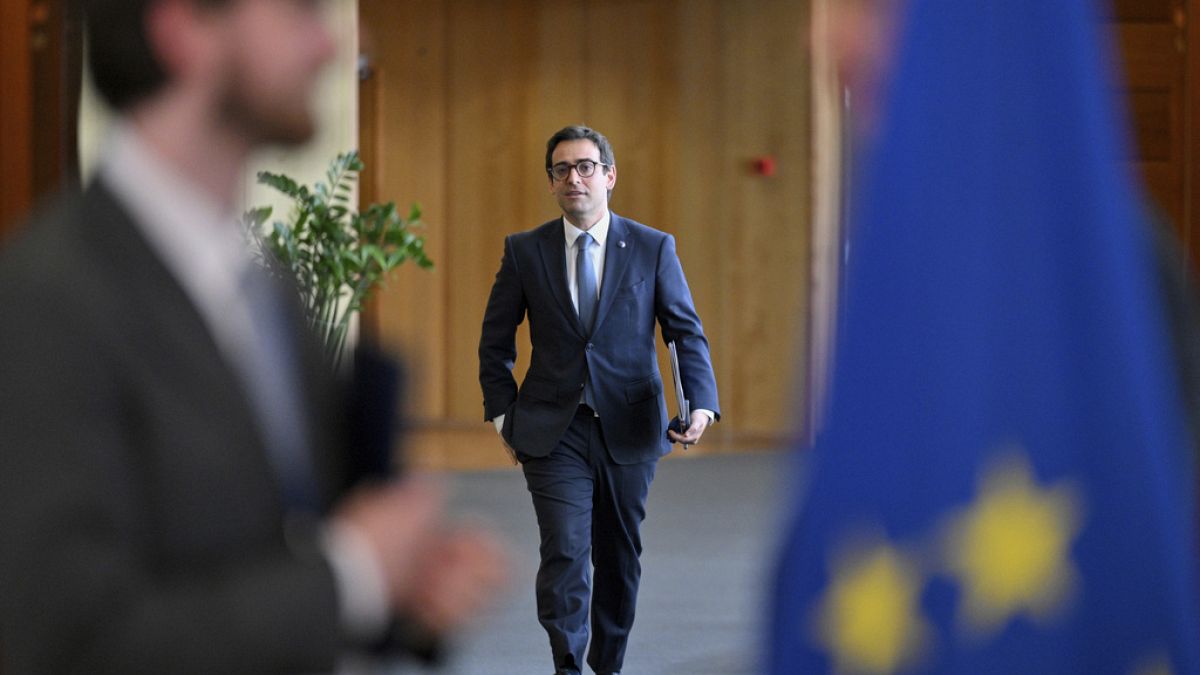
 World1 week ago
World1 week agoDigitisation fronts new Commission strategy to boost EU single market













